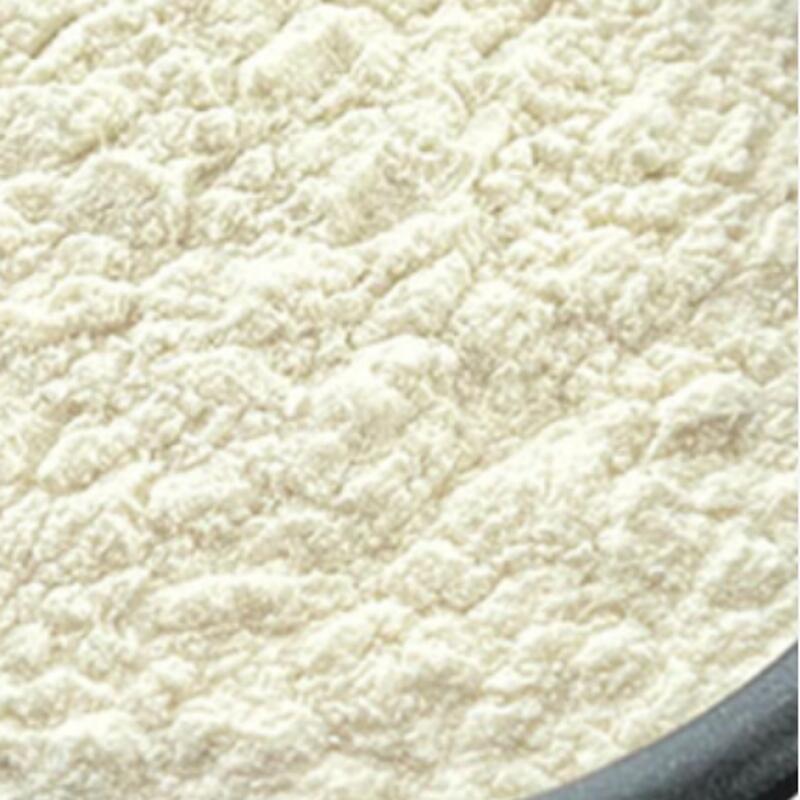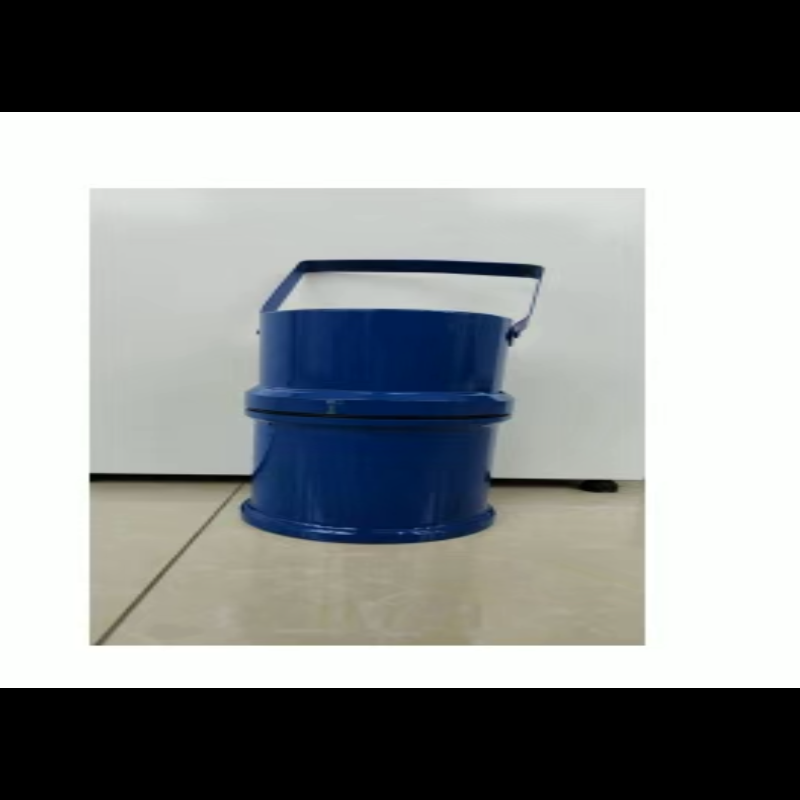-
Categories
-
Pharmaceutical Intermediates
-
Active Pharmaceutical Ingredients
-
Food Additives
- Industrial Coatings
- Agrochemicals
- Dyes and Pigments
- Surfactant
- Flavors and Fragrances
- Chemical Reagents
- Catalyst and Auxiliary
- Natural Products
- Inorganic Chemistry
-
Organic Chemistry
-
Biochemical Engineering
- Analytical Chemistry
-
Cosmetic Ingredient
- Water Treatment Chemical
-
Pharmaceutical Intermediates
Promotion
ECHEMI Mall
Wholesale
Weekly Price
Exhibition
News
-
Trade Service
Information security is closely related to people's lives, social stability and even national security
.
Over the past few decades, various anti-counterfeiting materials and related anti-counterfeiting technologies have developed rapidly in response to increasingly powerful counterfeiting technologies
.
However, information stored based on traditional dry or hard materials is often displayed in a static form, which is easy to be cracked.
Therefore, it is urgent to develop new information anti-counterfeiting materials and corresponding encryption-decryption strategies to improve the security level of information
.
Smart polymer gels have a three-dimensional network structure that can be designed and modified.
Through the endowment of functions, such materials have application prospects and research value in the fields of soft robotics, tissue engineering, and bionic skin
.
Especially when exposed to specific external stimuli such as light, heat, electricity, magnetism, mechanical force or chemical substances, the color or shape changes exhibited by smart polymer gels make such materials promising for application in the field of information anti-counterfeiting
.
The intelligent polymer materials team of Ningbo Institute of Materials Technology and Engineering, Chinese Academy of Sciences has long been engaged in the biomimetic and controllable construction of polymer hydrogels and its application in flexible driving and sensing, fluorescence anti-counterfeiting and other fields
.
Recently, researcher Chen Tao and associate researcher Le Xiaoxia published a review entitled Recent Progress in Smart Polymeric Gel-based Information Storage for Anti-counterfeiting in Advanced Materials (DOI: 10.
1002/adma.
202201262, Figure 1)
.
The key to constructing information storage devices based on polymer gels is how to realize the tunable optical properties of smart gels (Fig.
2)
.
The optical properties of materials are mainly manifested in their ability to absorb, reflect and transmit light, that is, differences in transparency, color, and luminescence
.
According to the design method, polymer gel-based information storage devices can be roughly divided into two categories according to different optical forms: chemical color-based information storage and physical color-based information storage
.
Chemical color (mainly fluorescence) is usually achieved by introducing carbon dots, organic dyes and lanthanide elements into polymer gels by physical doping or chemical grafting, while physical colors are mainly composed of the interaction between gel and light.
(interference/diffraction, refraction/scattering, reflection/transmission)
.
Under certain external stimulus conditions, the corresponding optical properties change, and the information can be encrypted and decrypted
.
Through multi-functional synergy, including shape memory, self-healing, and actuation, polymer gel-based information storage devices can achieve rich changes in encrypted information from single-color to multi-color, and further encryption-decryption forms from single-dimensional to multi-dimensional boost
.
Although current gel-based smart anti-counterfeiting systems exhibit unique properties compared with other anti-counterfeiting materials, there are still shortcomings that limit their further applications in practical production and daily life
.
The information storage capacity and resolution of such materials need to be improved.
For this, existing technologies, such as inkjet printing, 4D printing and other printing technologies, can be combined.
In the production process, the gel can act as "paper" or "ink"
.
In addition, the gel material is easy to swell in the presence of a solvent, and it is easy to lose water and shrink in the air, resulting in the distortion or even disappearance of encrypted information
.
In view of the above drawbacks, gels that can resist swelling or water loss can be developed
.
For anti-counterfeiting, using the simplest decryption method to identify encrypted information with the highest security level is an eternal pursuit
.
On the one hand, the combination of different optical properties and the synergy of other functions (such as shape memory, shape deformation, self-healing, etc.
) can endow the gel anti-counterfeiting system with more complex and diverse encryption forms, thereby improving the level of information security
.
On the other hand, the use of simple stimuli (such as light, humidity and temperature) can simplify the decryption process and become the future development trend of anti-counterfeiting applications
.
The research work is supported by the National Natural Science Foundation of China, the National Key Research and Development Program, the Natural Science Foundation of Zhejiang Province, the Key Research Program of Frontier Science of the Chinese Academy of Sciences, the Sino-German Cooperation International Exchange Program, and the Wang Kuancheng Education Fund
.
Figure 1.
Construction and application of intelligent polymer gel-based information anti-counterfeiting materials
Figure 2.
Information storage smart polymer gels with adjustable optical properties (fluorescence, physical color)







